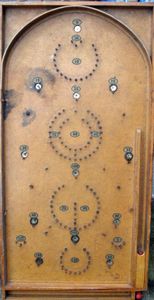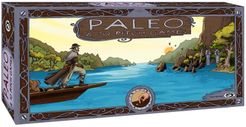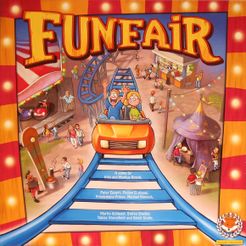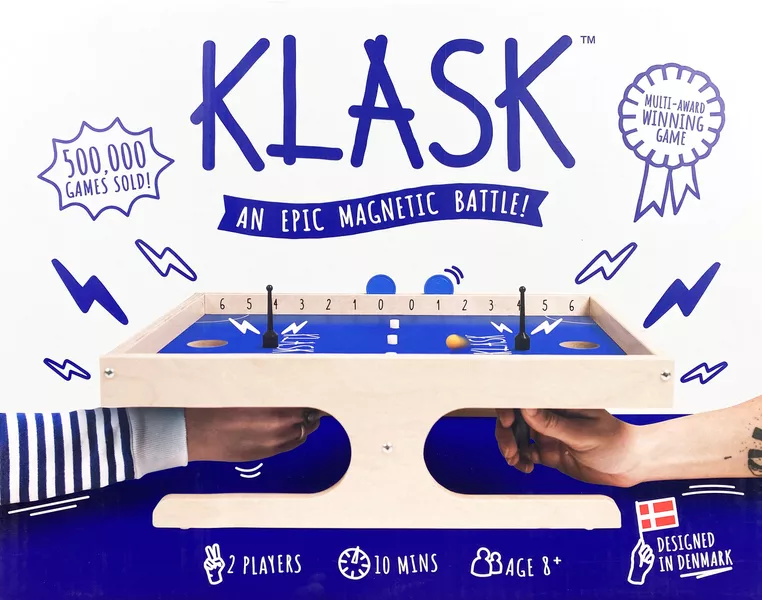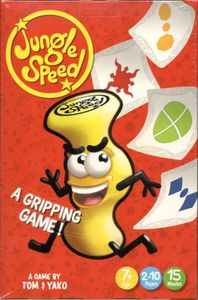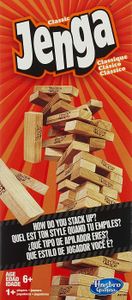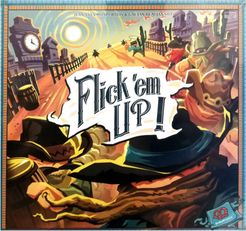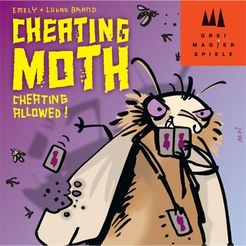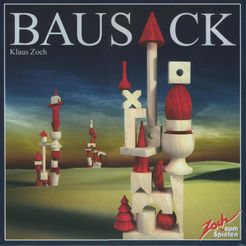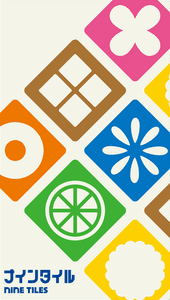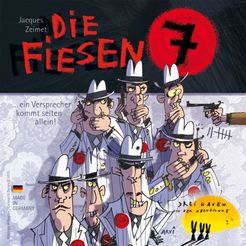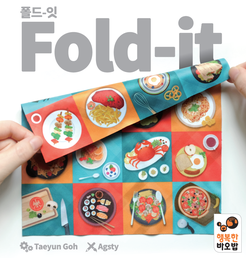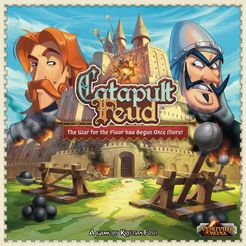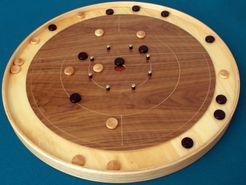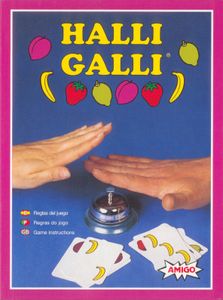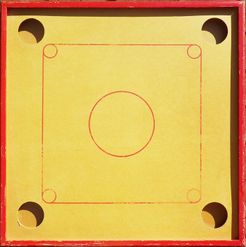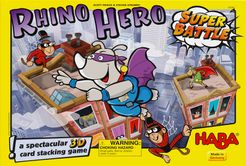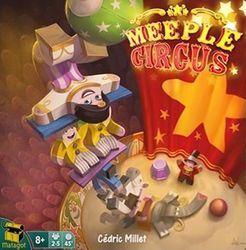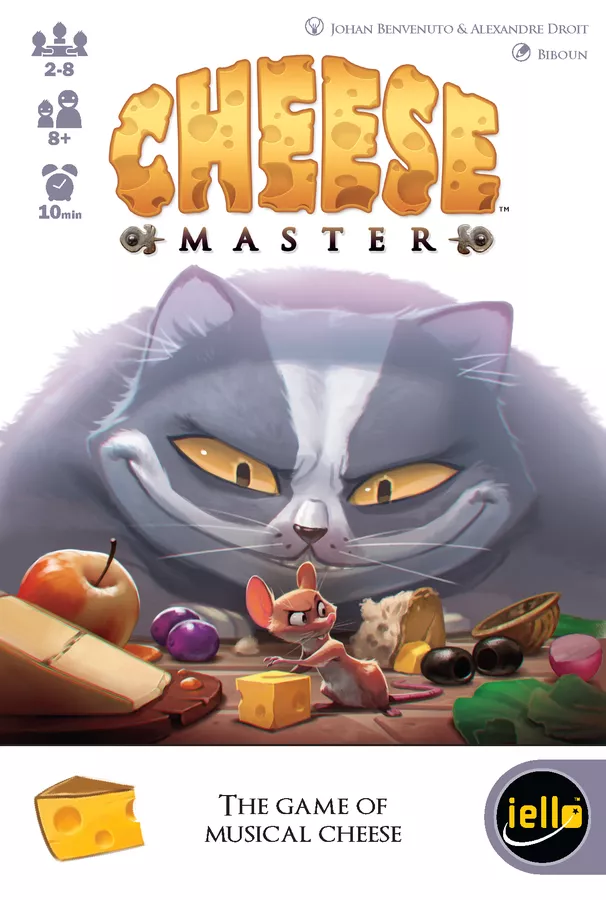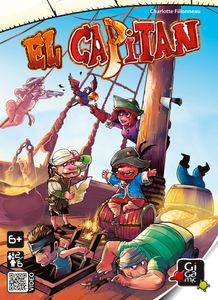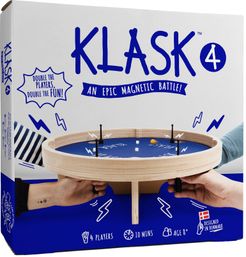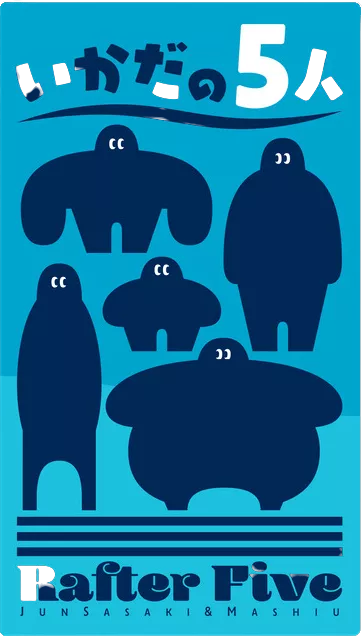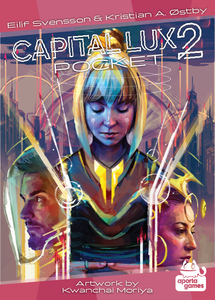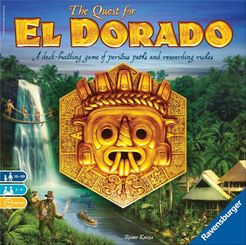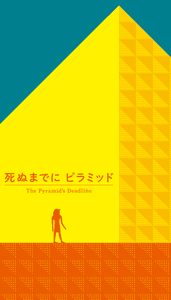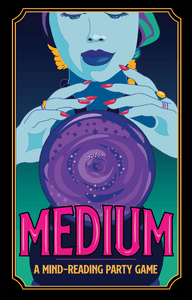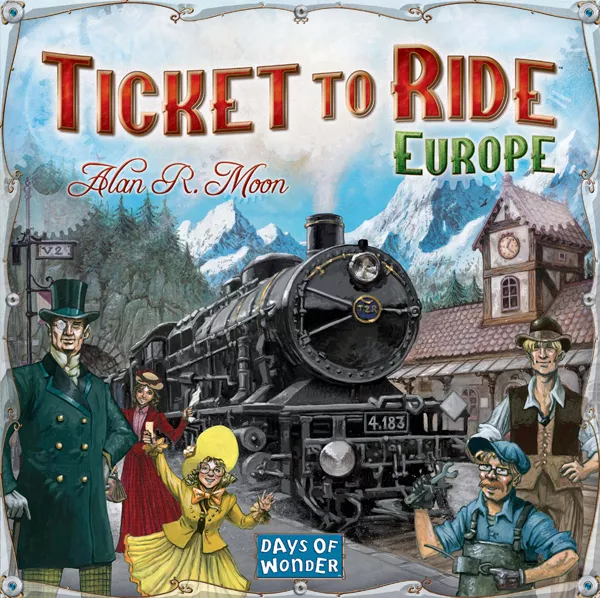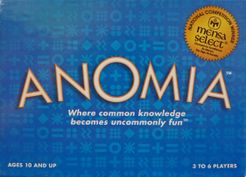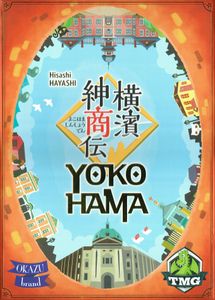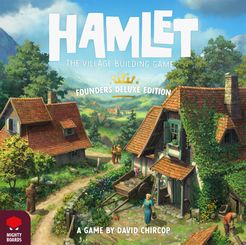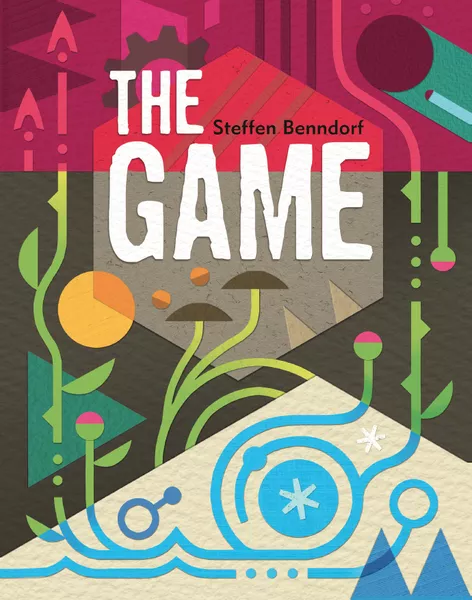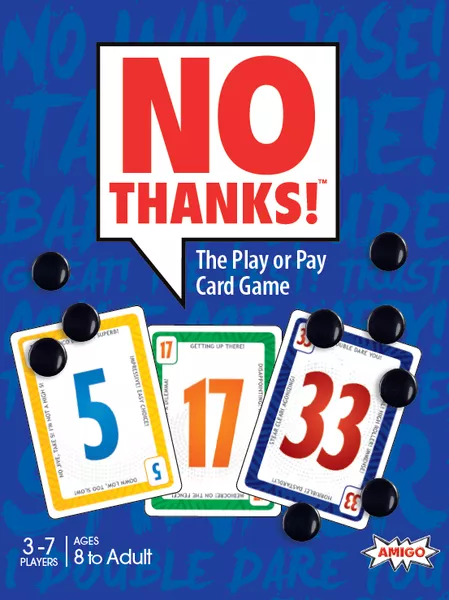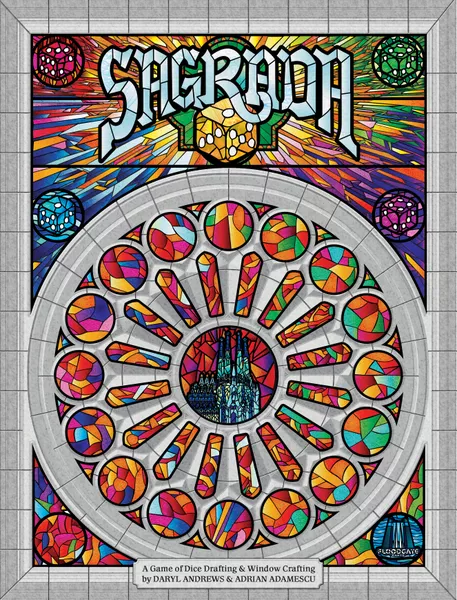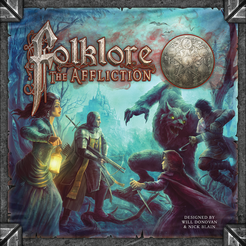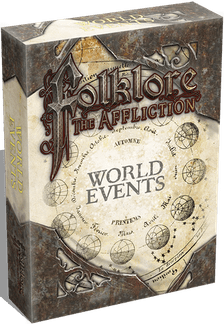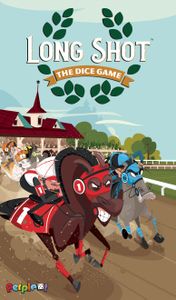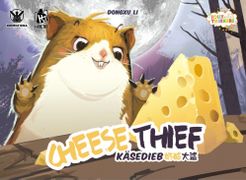Bagatelle (1819)
Designer: (Uncredited)
Artist: Julius Stafford Baker, Alfred Bestall, Roger Hargreaves, Eelco Martinus ten Harmsen van der Beek
Publisher: (Public Domain), Brio AB, Brohm-Parker-Spiele, Casdon, Chad Valley Co Ltd., Corinthian
- Overview
- How to Play
- Videos
- Play Now
- Ratings & Comments
A bagatelle board resembles a light, flat board with nails (pins!) in it and short raised sides to keep the ball on the playfield during play. Each ball is launched from some sort of spring-loaded 'shooter' or cue, to the top of the board, where it then rolls towards the player, bouncing off the pins or landing in any of several scoring pockets. These scoring pockets can be depressions in the playfield, nails arranged in a U-shape, or both. They are marked with various score values, with the higher values usually protected by more pins or tougher paths to reach them. By "shooting" the ball harder or softer, the player can try to control where the ball drops.
A spring-loaded shooter is normally in the bottom right corner of the board. A ball is placed before the shooter mechanism. The shooter devise is pulled back and let go, with the aim to fire the ball up to the rounded end of the board and then to bounce around the nails or pins and, hopefully, land in a scoring area. A cue shooter is just a wooden object, rather like a miniature version of a Billiards cue. To launch a ball, the player merely shoots it by hitting the back of the ball with the cue thus sending it to the top of the board.
Note that it is possible for a ball not to score at all. This usually means that the ball reached the bottom of the board without settling into a scoring pocket.
Typically, a player might get 3 or more balls and a note of the total score achieved is taken. The first to reach a pre-agreed number of points, wins.
Bagatelle sets can be made of wood, metal or plastic and they can be of any size (but it must be able to stand on an average table). They are often linked to a theme, really as an excuse to feature related graphics. The game is a direct ancestor of modern Pinball machines.
Where to Buy Bagatelle (1819)
*We could earn commissions when you purchase through these links.



